
I'm excited to share with you a wonderful traditional craft that I absolutely love—making nettle cordage! If you're into natural materials and hands-on projects, you'll find this process both fun and rewarding. We'll be turning the fibers of stinging nettles into strong, durable cordage that you can use for all sorts of things, from bracelets to decorative cords for your crafts or tying.
Materials Needed:
Stinging nettles (Urtica dioica)
Gloves (to protect from stinging)
A twig cutter or strong scissors
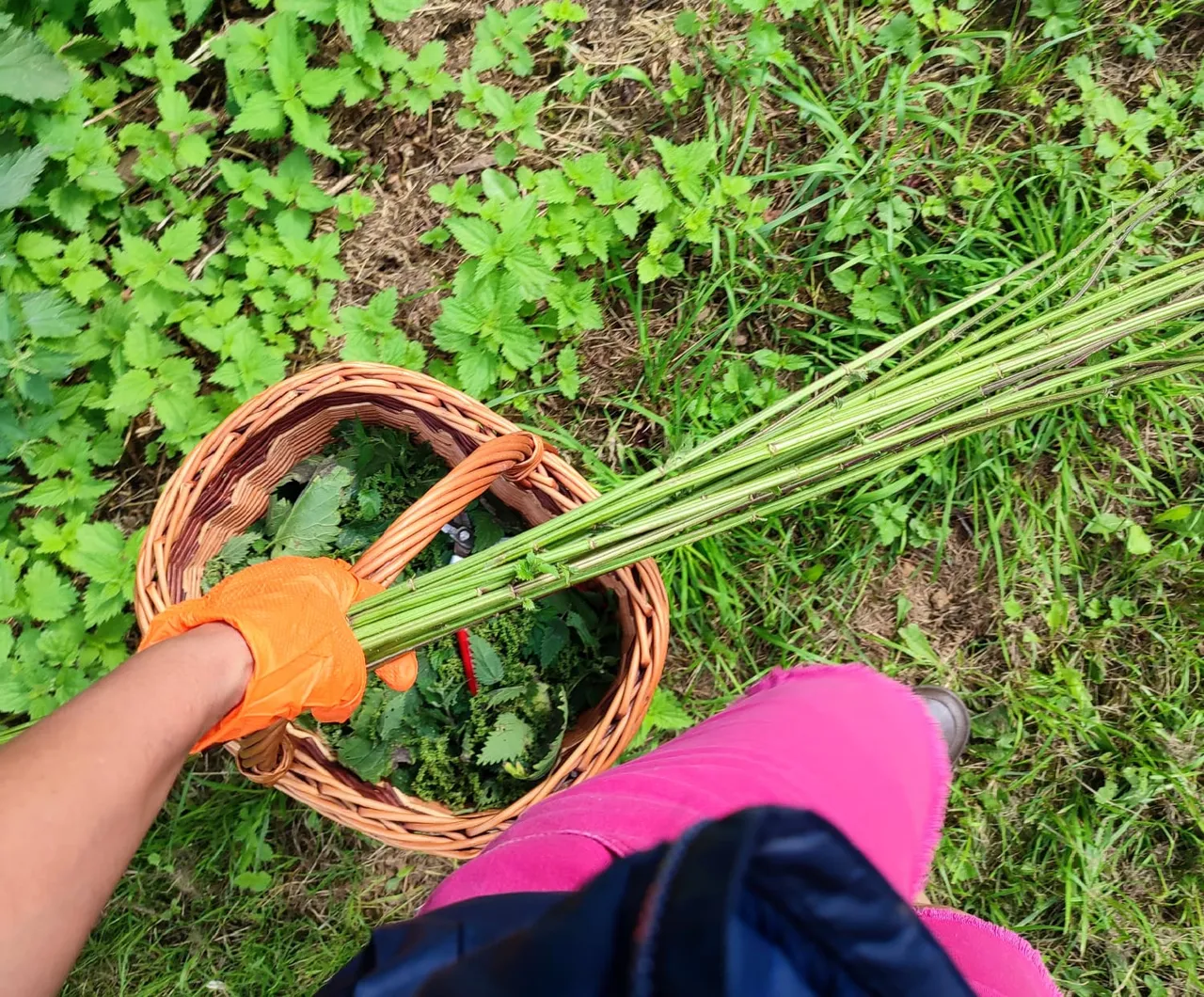
Ideally, the best time to harvest nettles is in late spring or early summer, before they flower. The fibers are stronger at this stage but it is still ok to do it anytime.
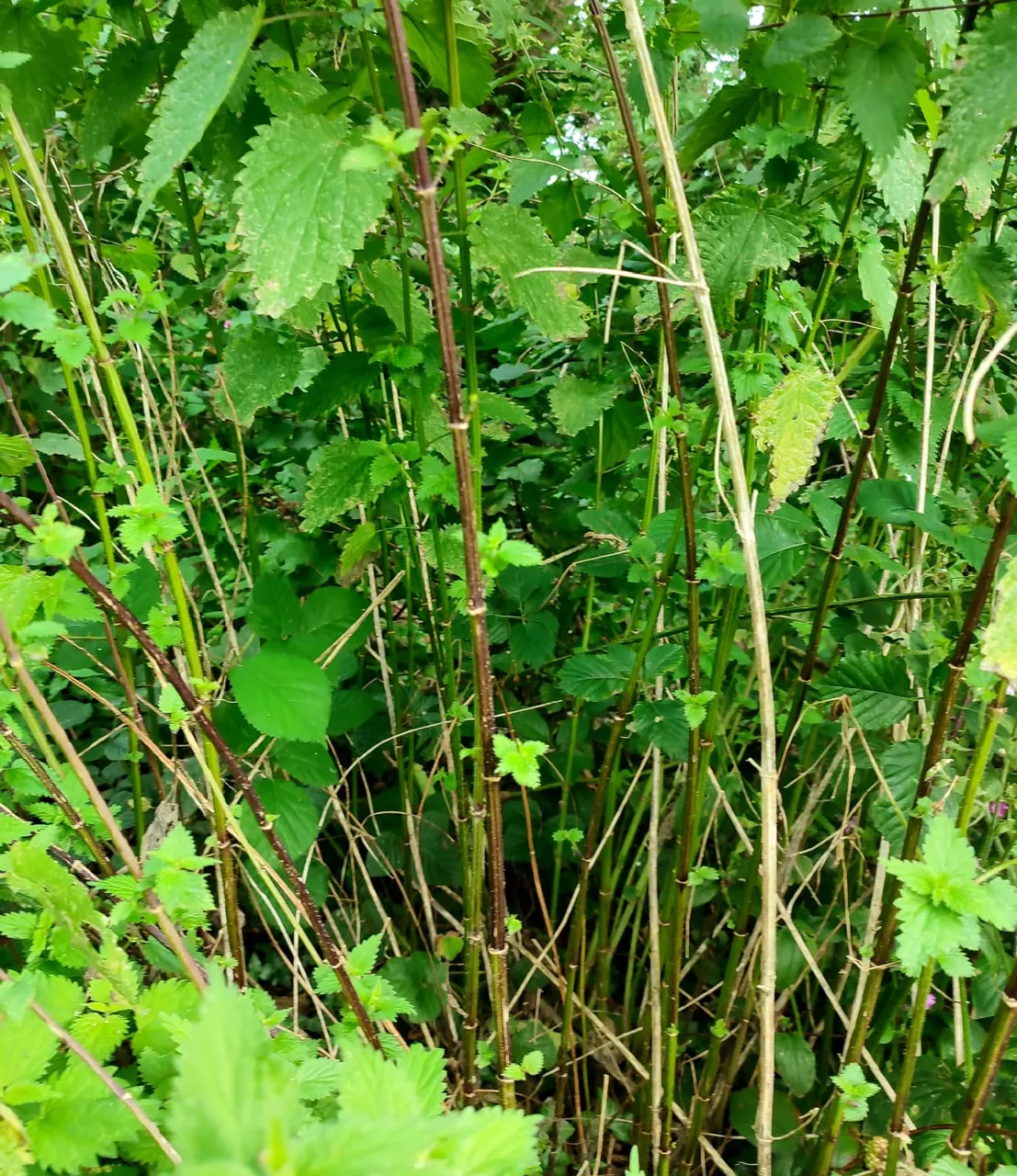
I selected healthy plants.
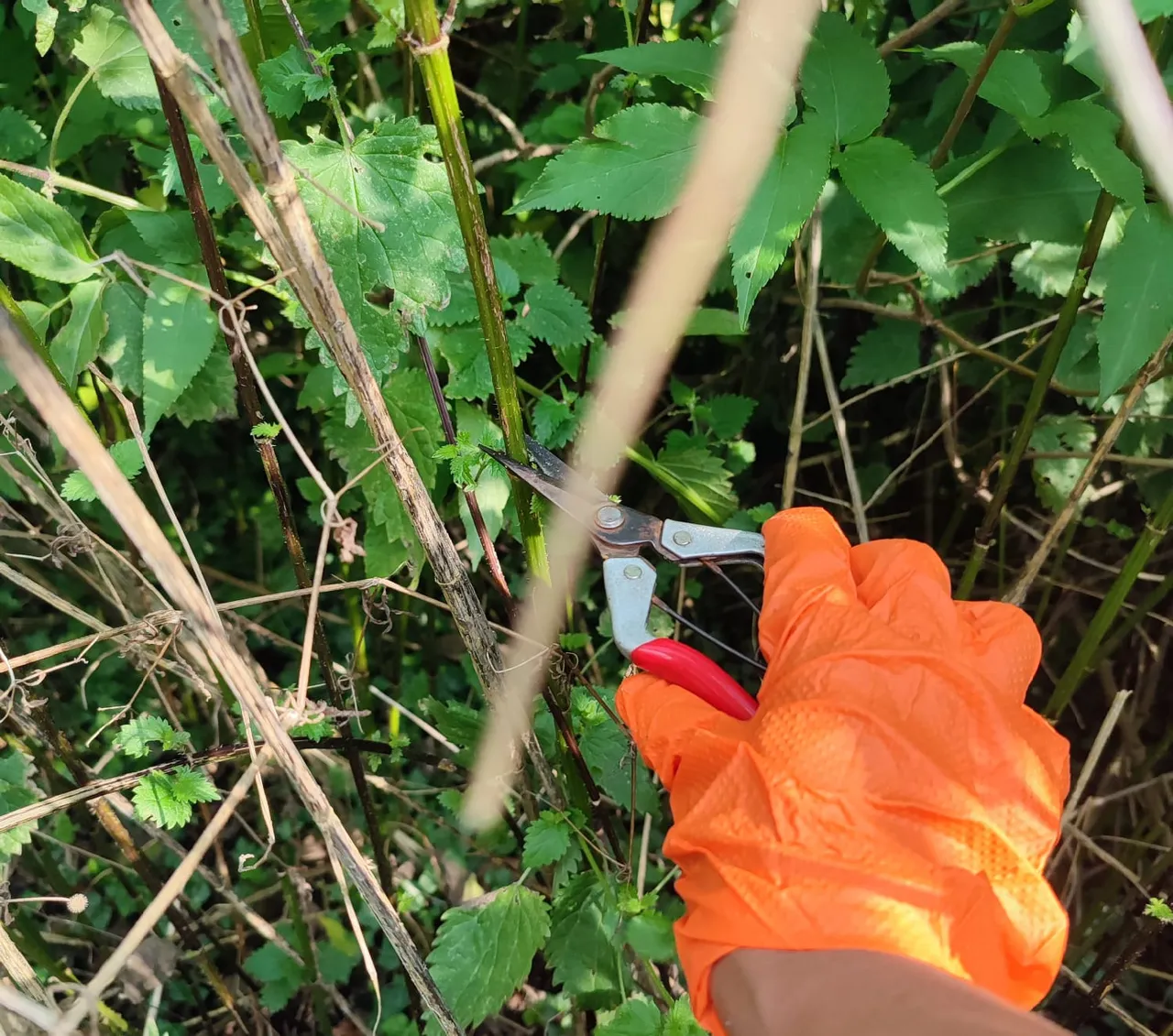
I use a twig cutter to cut the stalks close to the base.
I wear gloves to avoid getting stung.

I strip the leaves from the stalks, wearing gloves to avoid stings. I then collect the leaves and seeds for other purposes.


I flatten the stalk by gently stepping on it. This helps separate the fibers from the woody core.

Gently separate the outer fibers from the woody core. I find it more efficient to snap the stalks into about 2-inch pieces and then peel them off; I get a longer fiber.

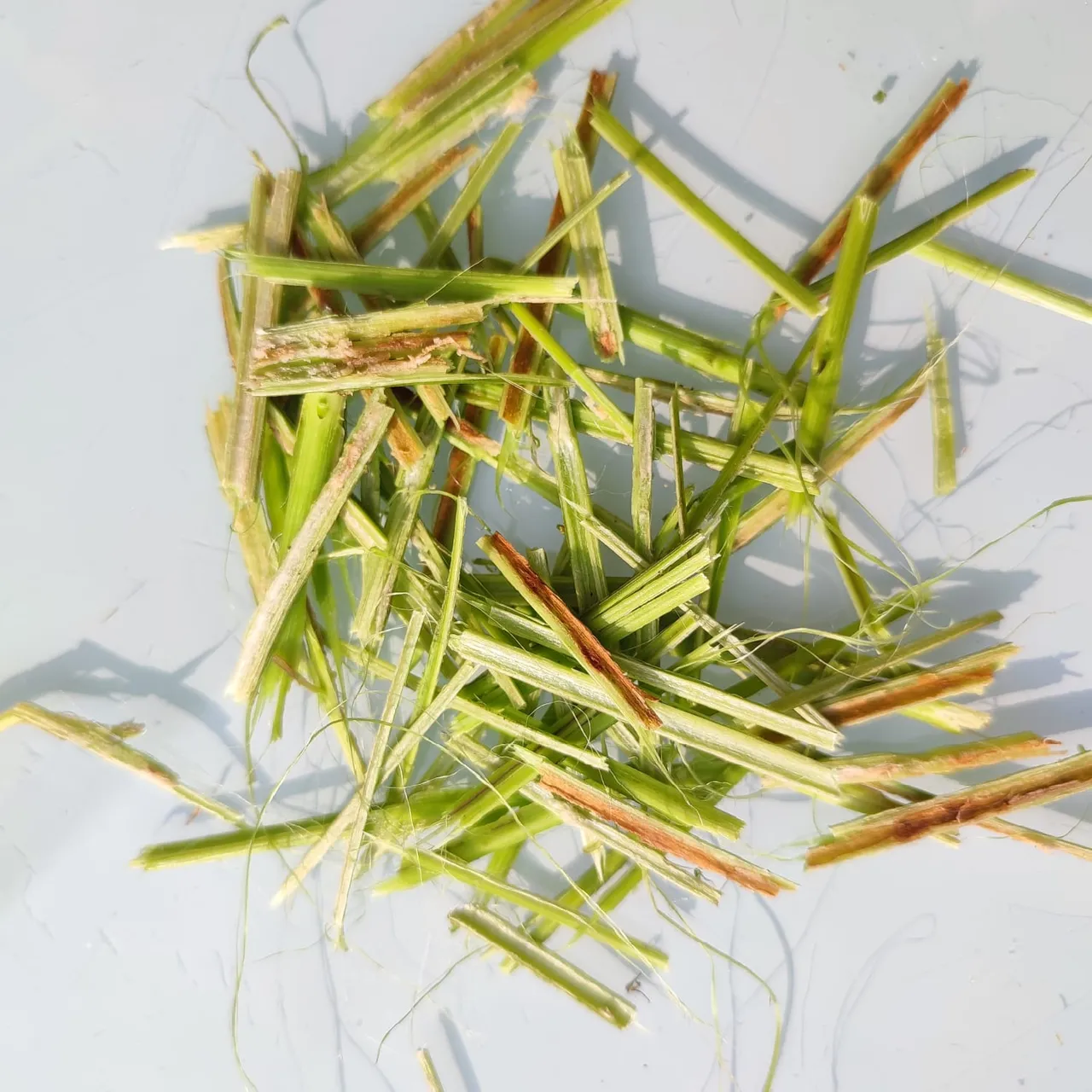
Peeling off the woody core is therapeutic and satisfying when peeling nicely.
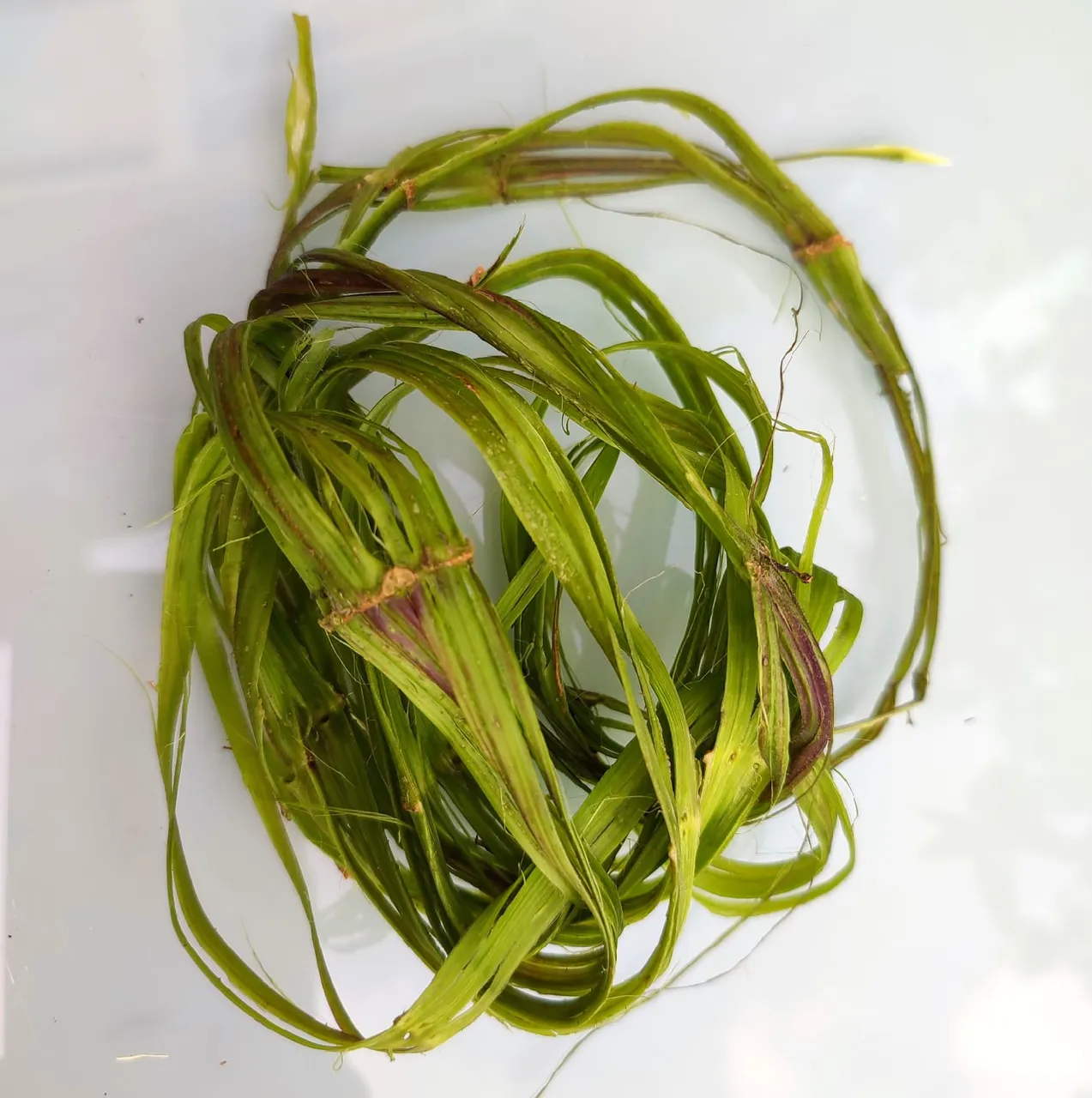
The outer fibers are a nice green; the good thing is they remain green even when dried.
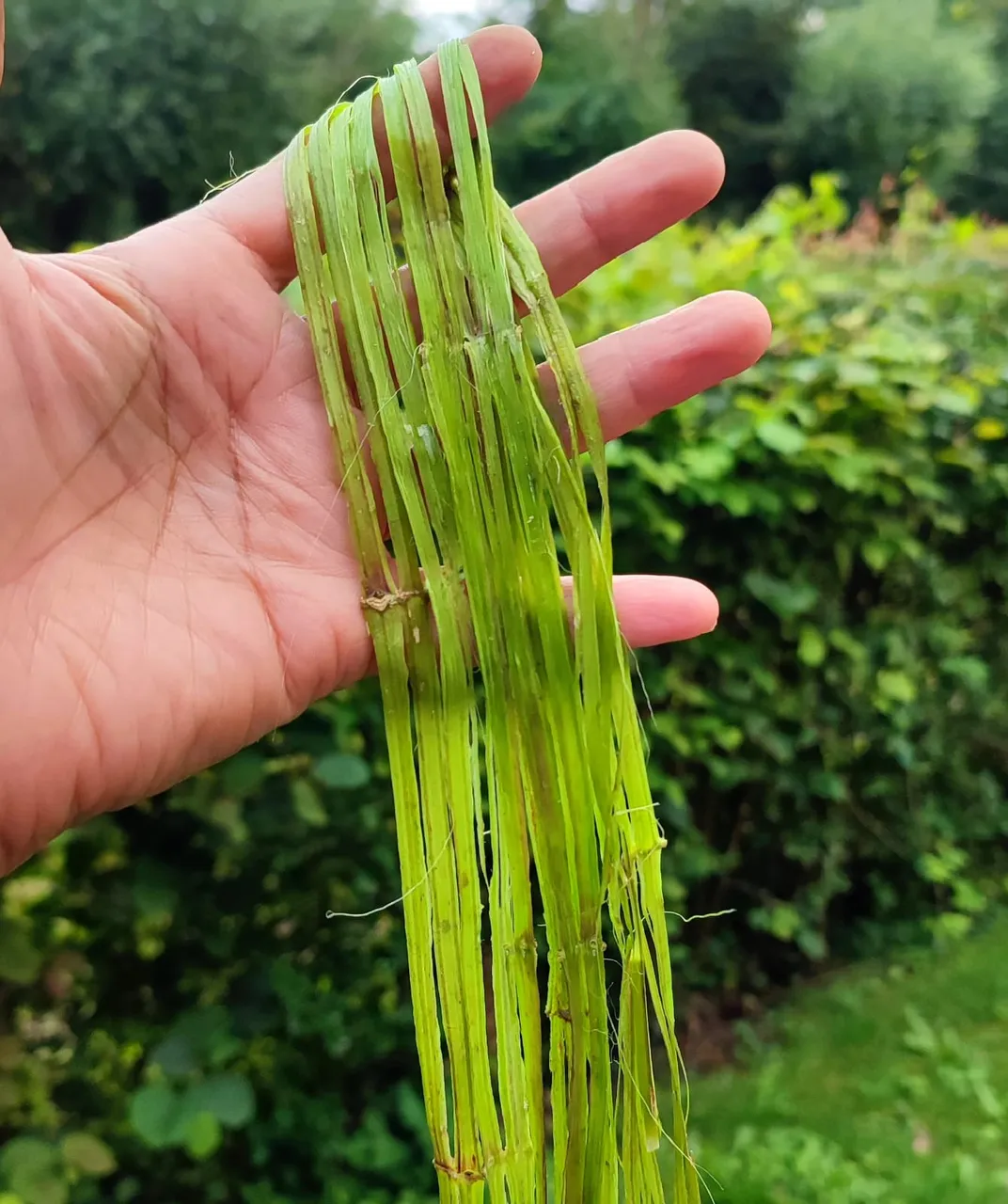

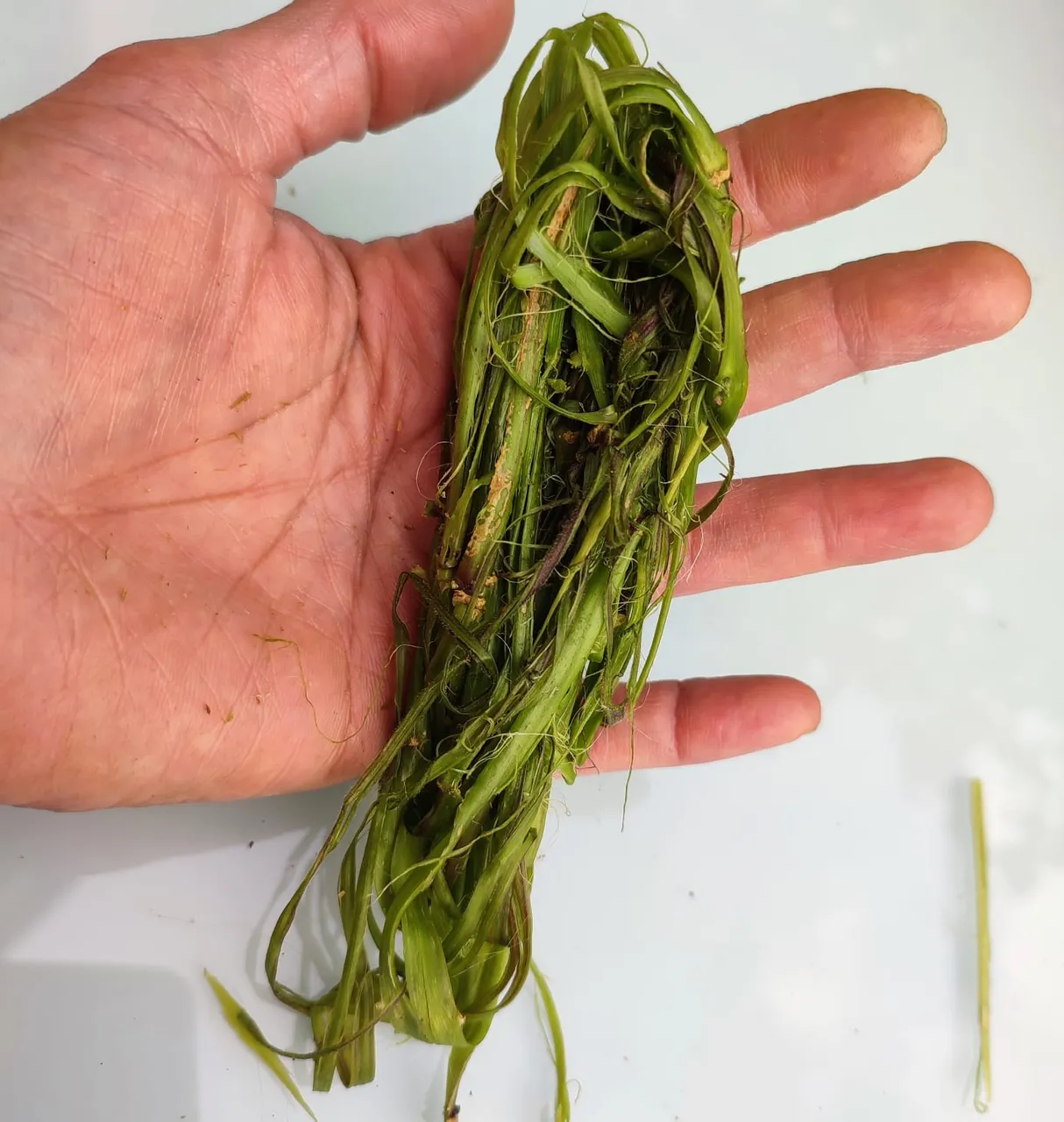
I soften the fibers by rolling them between my palms.
Next is to twist the fiber. I twist them while wet, and I find that they are gentler on my skin.

(excuse the leg, it is the best way to do it on skin, it wont work over clothes)
I learned this technique from watching my grandfather when I was five years old, and it works better for me than any other technique I tried.

Take two fibers and tie both tips together. Pinch them between your thumb and index finger.
Place the fiber on your thigh while pinching the tip with one hand the other palm is pressing on the fibers and rolling to create tension.
You'll notice that the tip of the fiber will naturally twist nicely together, creating a strong cord.
When one fiber starts to get thin, overlap it with a new fiber, and continue twisting. This ensures a continuous length of cordage.
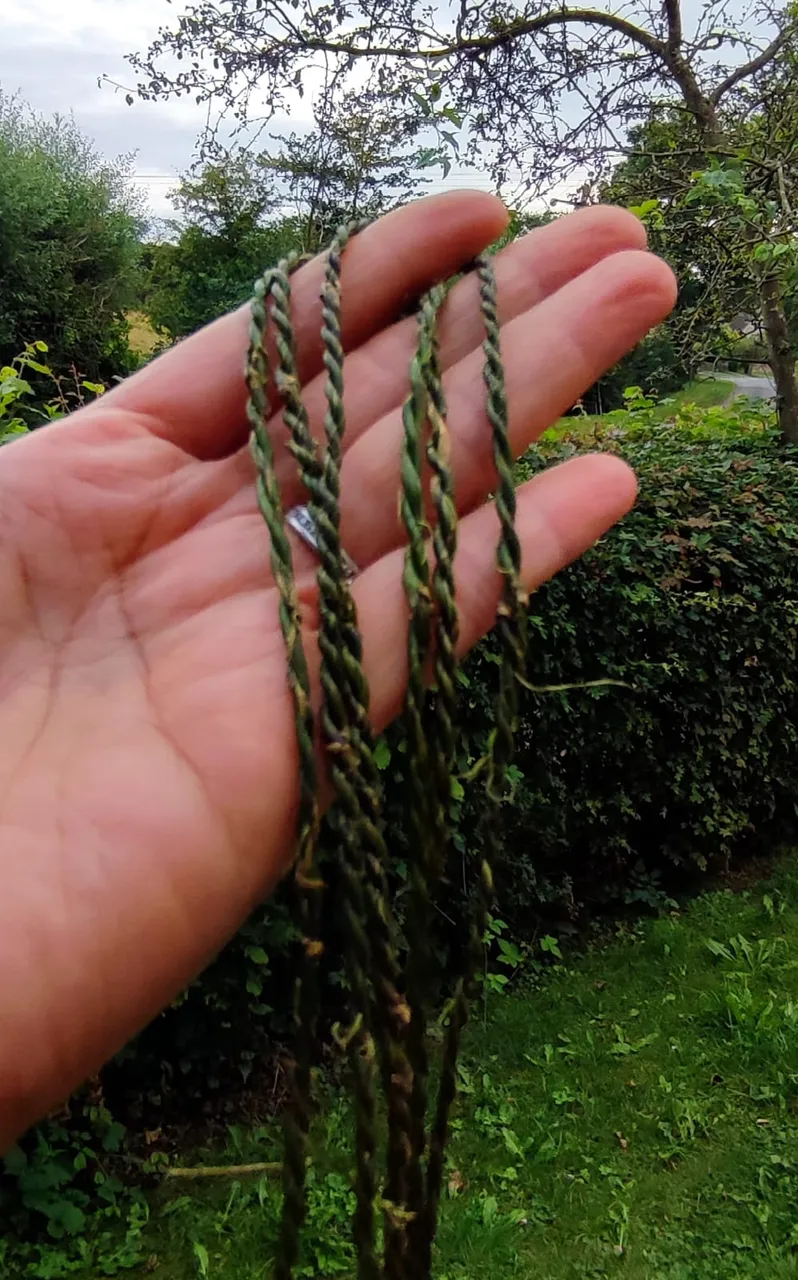

Once you've reached the desired length, tie a knot at the end to secure the fibers. The cordage is now ready for use.
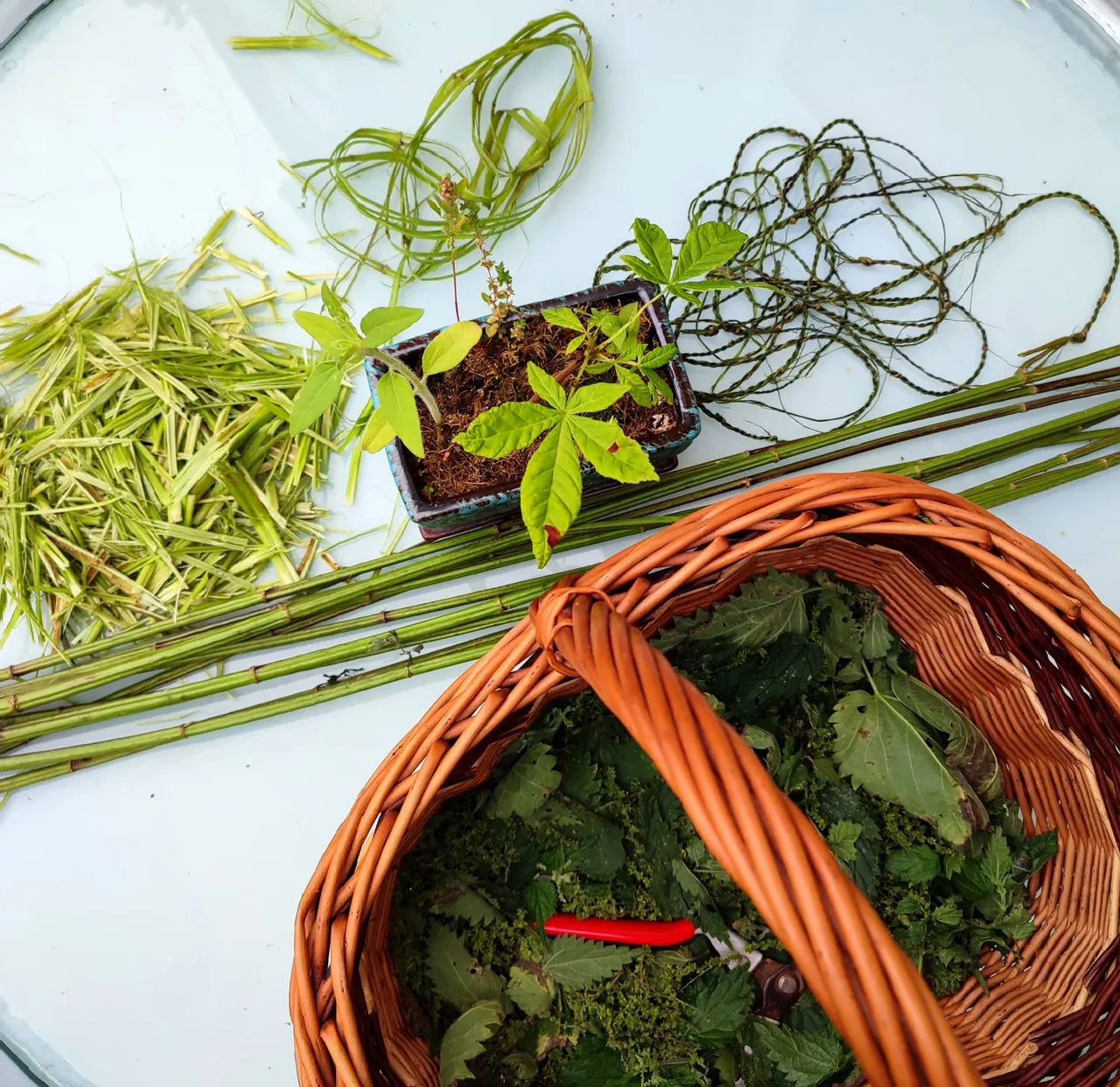
It is very entertaining to make.
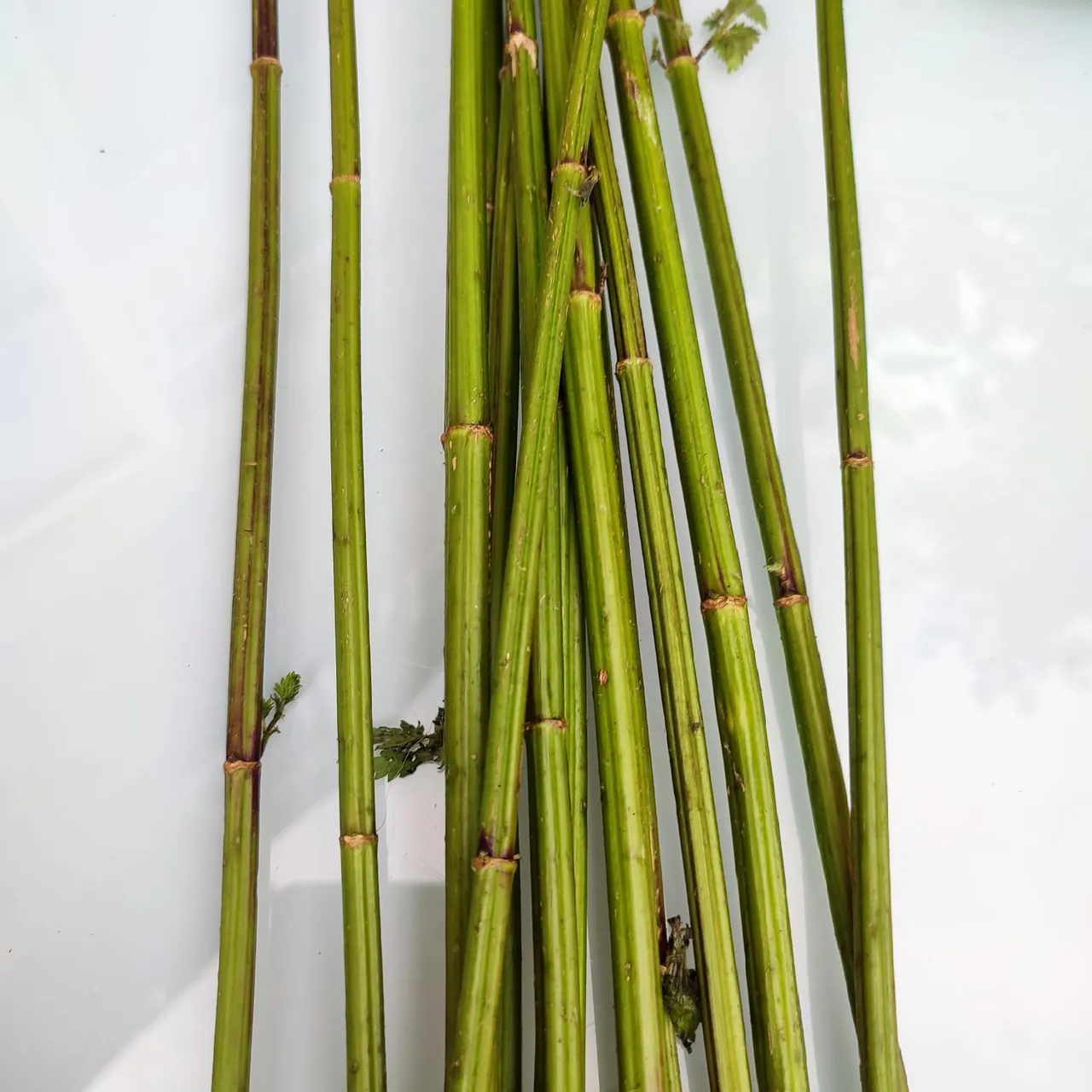
Especially when I discovered that the nettle stem doesn't sting.

I will be using them for a bracelet and necklace.

To add to the cordage, I made a nettle matt, but I wish I had enough nettle cordage to use with it, so I will be using some twine.

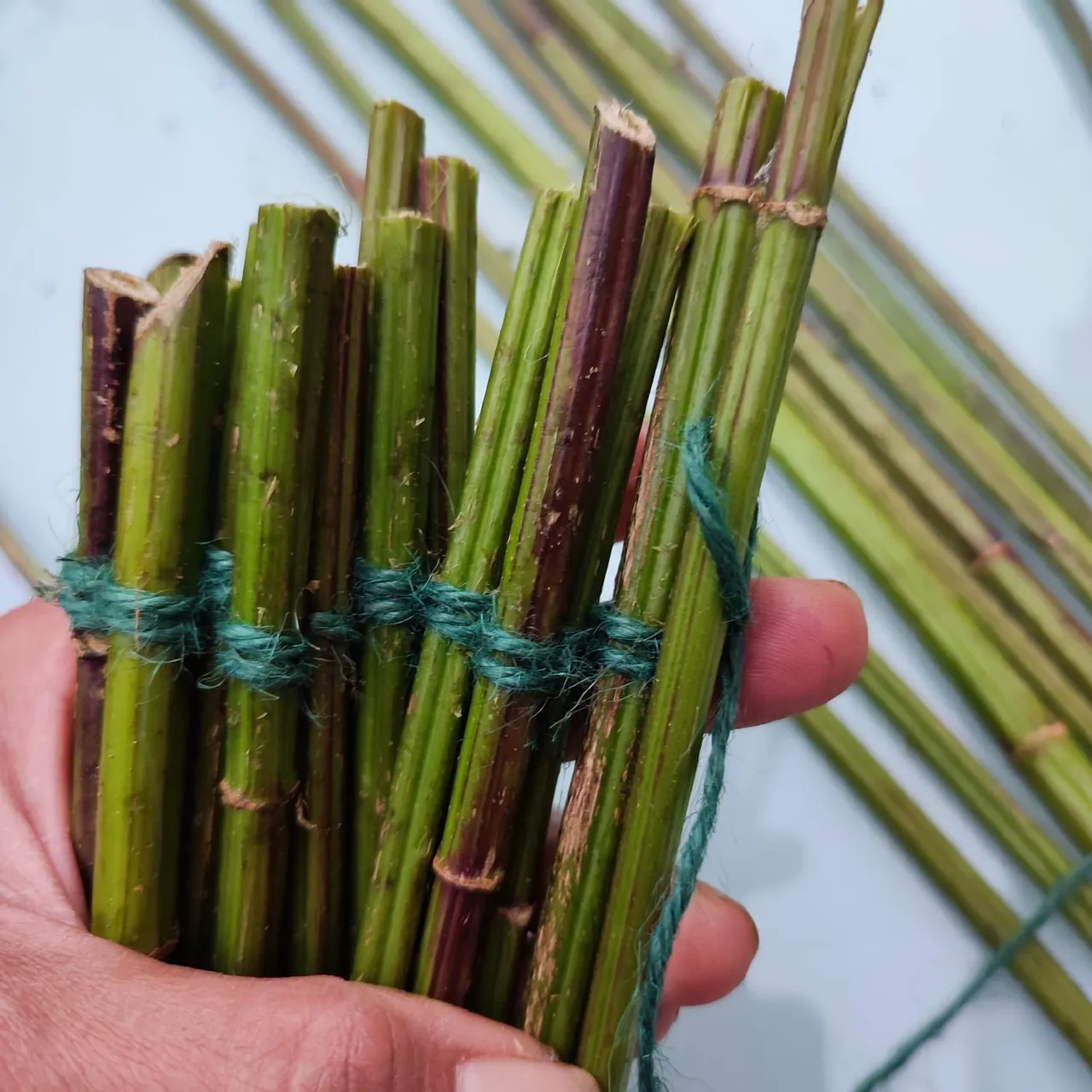
I cut the nettle stalks into a desired length; then I tied them all together.

I could not wait to dry them so they would shrink a bit. I tied them as tight as I could.

I like the way I fold it when it is not in use.
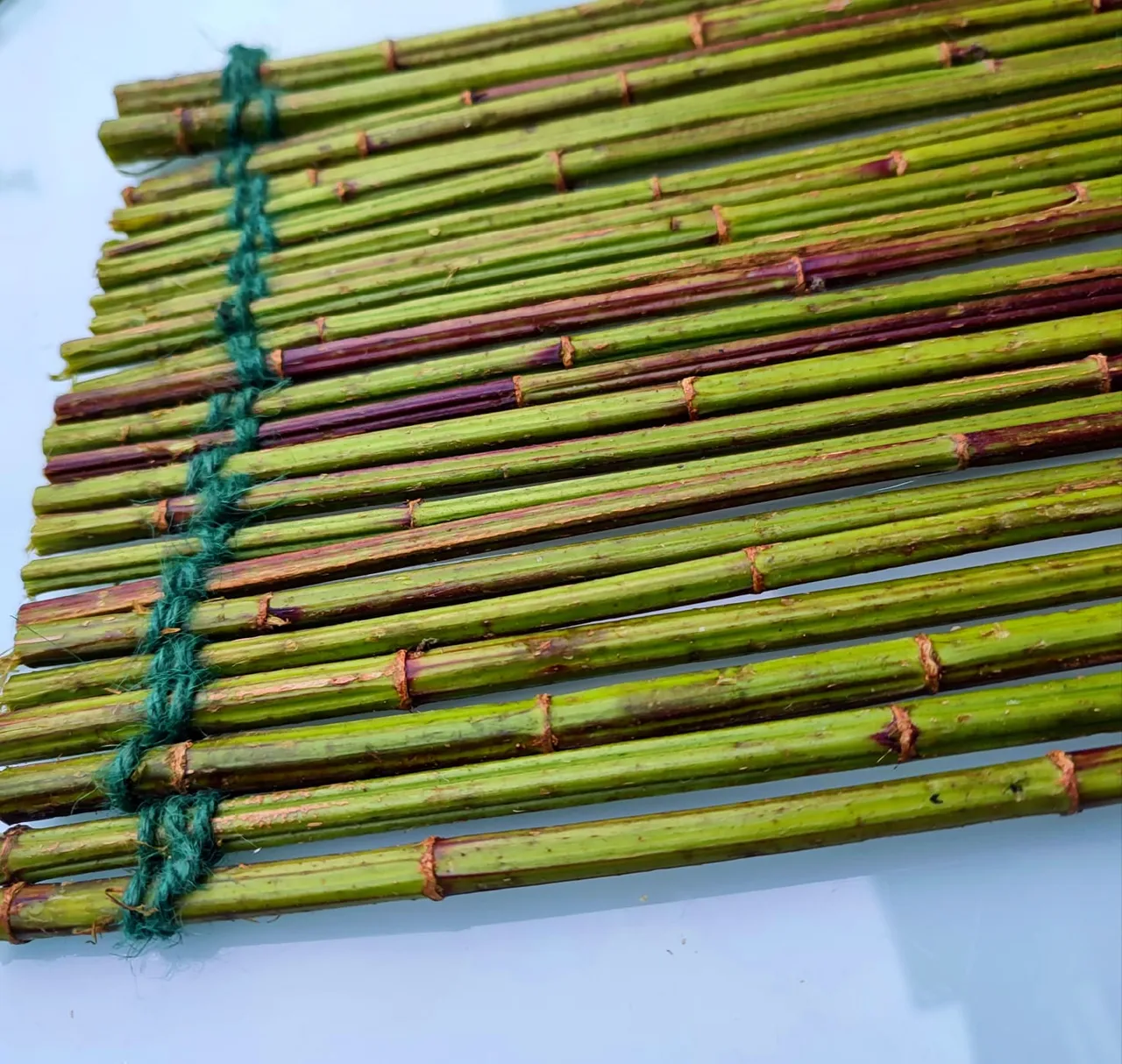
Nettle is so versatile; I am thankful we can create something useful, eco-friendly, and entertaining.
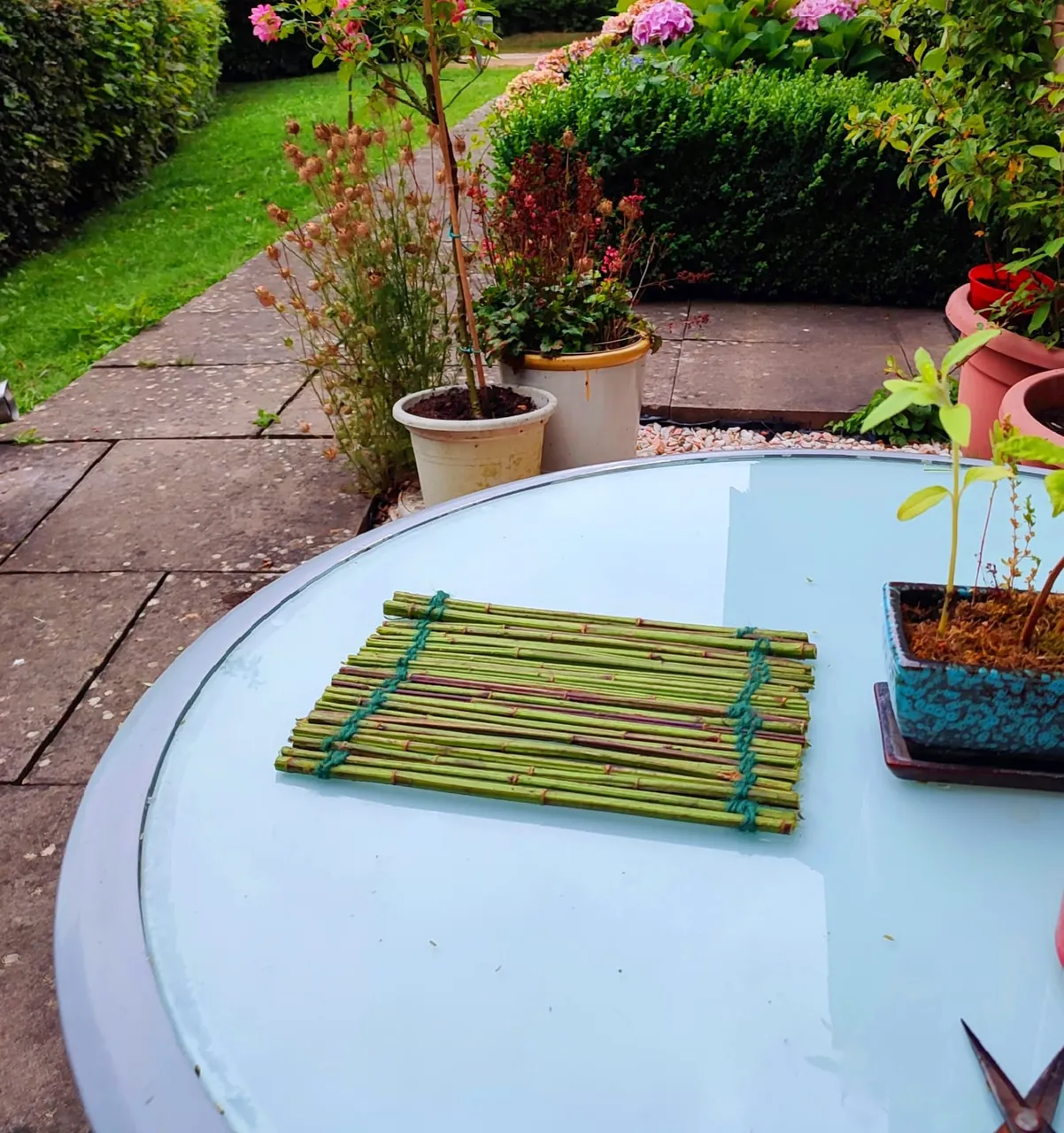
Have a wonderful day, everyone.
Mariah 🍃😊💚
